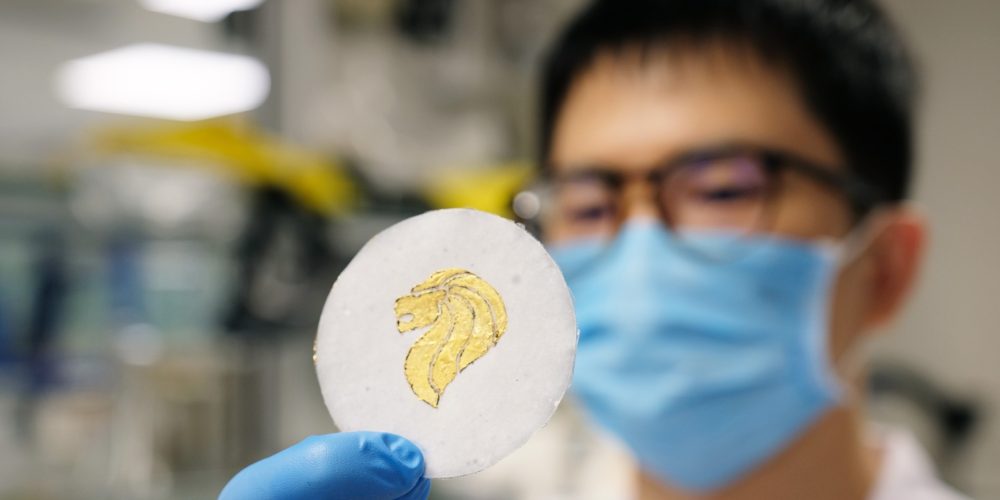Scientists at Nanyang Technology University (NTU) in Singapore have developed paper-thin biodegradable zinc batteries. They believe the new material could sustainably power flexible wearable electronics of the future.
The batteries are made of zinc. They have electrodes that are screen-printed onto both sides of a sheet of hydrogel-reinforced cellulose paper. A layer of gold thin foil is coated on the electrodes to enhance the conductivity of the battery. The battery is about 0.4mm thick, which is roughly the thickness of two strands of human hair.
Once the battery has completed its lifespan, it can be buried in the ground and will break down entirely within a month.
The findings are published in the journal Advanced Science. it explains how a 1.5 in x 1.5 in (4 cm x 4 cm) square printed paper battery could power a small electric fan for up to 45 minutes without interruption.

This battery can be used in flexible batteries like wearables and foldable smartphones. They can also have applications in biomedical sensors and health monitors. It is made out of cellulose and hydrogel, which are biodegradable, it could also greatly help with the problem of electronic waste.
“We believe the paper battery we have developed could potentially help with the electronic waste problem, given that our printed paper battery is non-toxic and does not require aluminum or plastic casings to encapsulate the battery components,” said assistant professor Lee Seok Woo from NTU. “Avoiding the packaging layers also enables our battery to store a higher amount of energy, and thus power, within a smaller system.”
Furthermore, this week, researchers from Stanford stated that they have developed a new flexible, lightweight solar panel material that they believe could power wearables, electric vehicles, and even light spacecraft. It is made up of the transition metal dichalcogenides, is also incredibly thin at only six microns in thickness. These advancements can bring transformation for electronic devices


